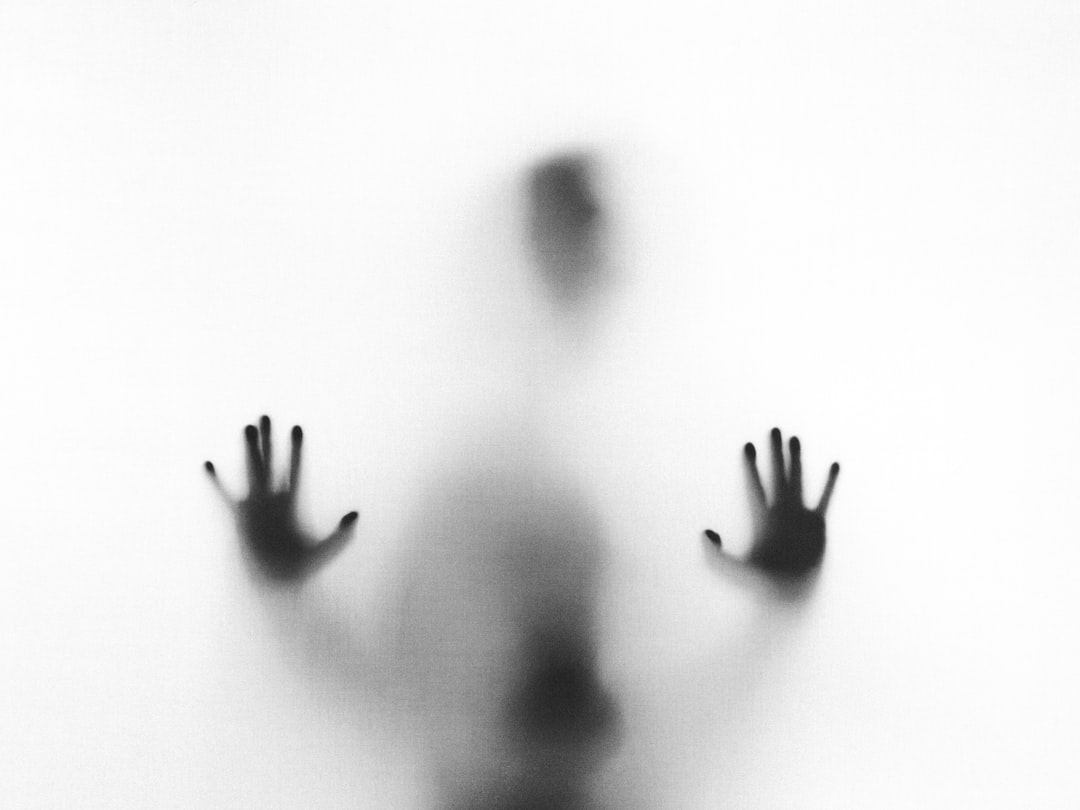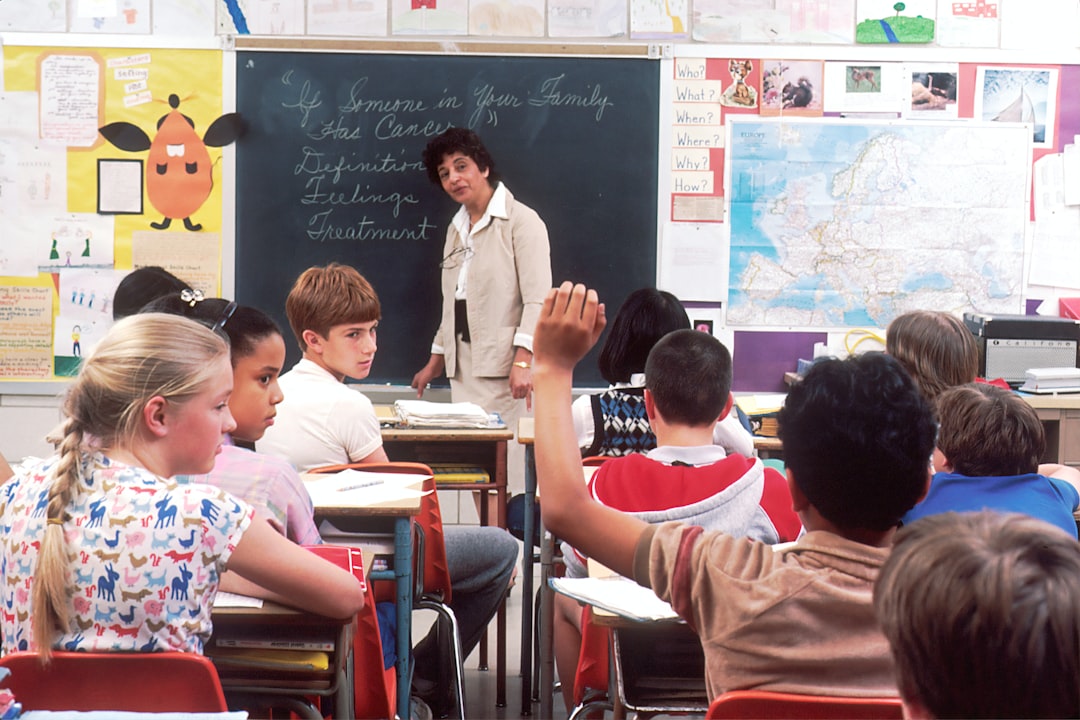What is it about?
Researchers are looking for new, clean, and accessible sources of energy due to rising global warming caused by the usage of fossil fuels and the irreversible harm that this does to the environment. Water salinity is one of the newest and most accessible renewable energy sources, which has sparked a lot of interest. Reverse electrodialysis (RED) has been utilized in the past to turn saline water into electricity. NRED, a reverse electrodialysis method utilizing nanofluidics, has gained popularity as nanoscale research advances. Developing and evaluating NRED systems is time-consuming and expensive due to the method’s novelty; thus, modeling is required to identify the best locations for implementation and to comprehend its workings. In this work, we examined the influence of bipolar soft layer and nanochannel geometry on ion transfer and power production simultaneously. To achieve this, the two trumpet and cigarette geometries were coated with a bipolar soft layer so that both negative (type (I)) and positive (type (II)) charges could be positioned in the nanochannel’s small aperture. After that, at steady state conditions, the Poisson–Nernst–Planck (PNP) and Navier–Stokes (NS) equations were solved concurrently. The findings revealed that altering the nanochannel coating from type (I) to type (II) alters the channel’s selectivity from cations to anions. An approximately 22-fold improvement in energy conversion efficiency was achieved by raising the concentration ratio from 10 to 100 for the type (I) trumpet nanochannel. Type (I) cigarette geometry is advised for maximum power output at low and medium concentration ratios, whereas type (I) trumpet geometry is recommended for the maximum power production at high concentration ratios.
Featured Image

Photo by Matthew Henry on Unsplash
Why is it important?
Today, energy production is one of the most basic needs of humans. Therefore, the study of new methods for the production of electrical energy can improve the methods of electricity production.
Perspectives
Writing this article was a great pleasure as it has co-authors with whom I have had long standing collaborations. This article helped me in my efforts to improve energy production for future generations.
Hossein Dartoomi
Iran University of Science and Technology
Read the Original
This page is a summary of: Nanofluidic Membranes to Address the Challenges of Salinity Gradient Energy Harvesting: Roles of Nanochannel Geometry and Bipolar Soft Layer, Langmuir, August 2022, American Chemical Society (ACS),
DOI: 10.1021/acs.langmuir.2c01790.
You can read the full text:
Resources
Tuneable elastomeric nanochannels for nanofluidic manipulation
Fluidic transport through nanochannels offers new opportunities to probe fundamental nanoscale transport phenomena and to develop tools for manipulating DNA proteins, small molecules and nanoparticles. The small size of nanofabricated devices and the accompanying increase in the effect of surface forces, however, pose challenges in designing and fabricating flexible nanofluidic systems that can dynamically adjust their transport characteristics according to the handling needs of various molecules and nanoparticles. Here, we describe the use of nanoscale fracturing of oxidized poly(dimethylsiloxane) to conveniently fabricate nanofluidic systems with arrays of nanochannels that can actively manipulate nanofluidic transport through dynamic modulation of the channel cross-section. We present the design parameters for engineering material properties and channel geometry to achieve reversible nanochannel deformation using remarkably small forces. We demonstrate the versatility of the elastomeric nanochannels through tuneable sieving and trapping of nanoparticles, dynamic manipulation of the conformation of single DNA molecules and in situ photofabrication of movable polymeric nanostructures.
Ion/Molecule Transportation in Nanopores and Nanochannels: From Critical Principles to Diverse Functions
Nanopores and nanochannels are ubiquitous, from biological systems to various artificial materials. Taking advantage of size confinement and tailoring the interior components, numerous functions can be achieved such as selectivity, gating, rectification, and so on, which result from diverse interactions between ion/molecule and nanopore/nanochannel. In this Perspective, on account of the summarized critical principles, namely size/shape, wettability, charge, recognition, and other interactions during ion/molecule transportation in nanopores and nanochannels, we introduce four main sections of applications: selective transportation in separation, controllable gating systems, energy conversion devices, and sensors. In addition, some typical challenges and possible future research endeavors in the related fields will also be discussed.
Contributors
The following have contributed to this page










